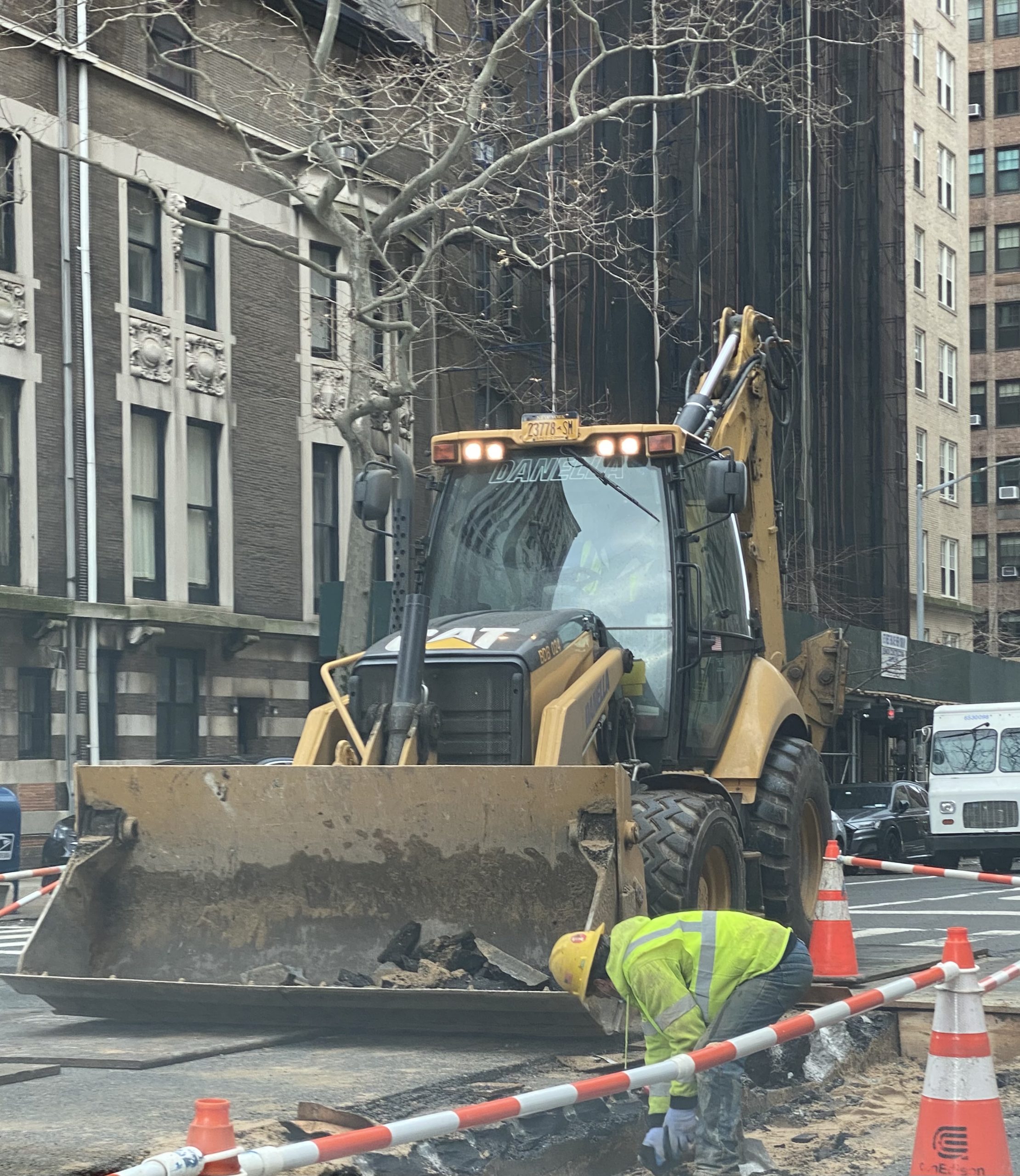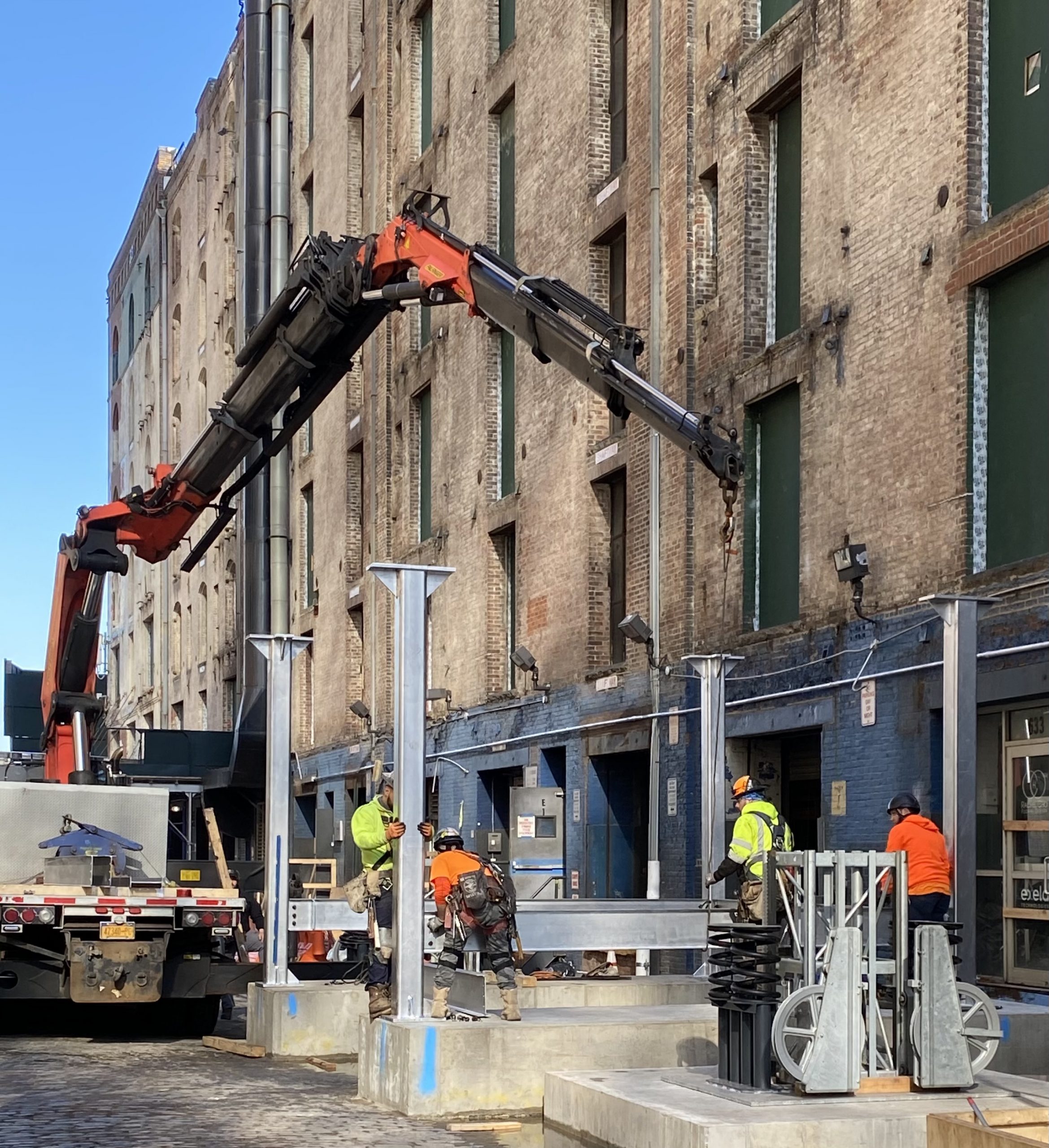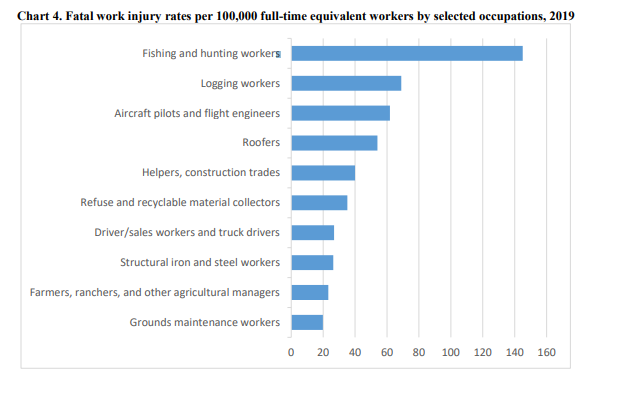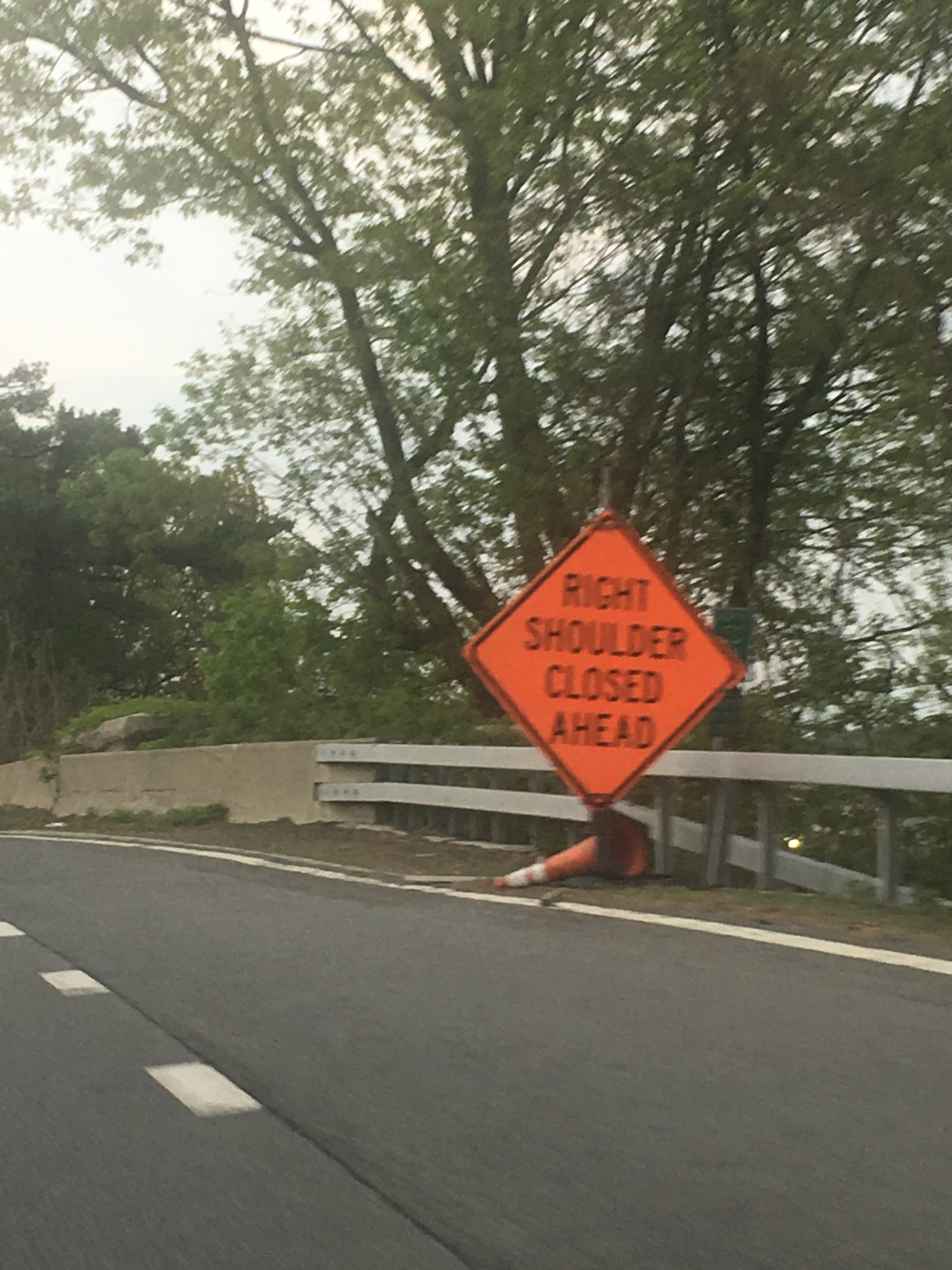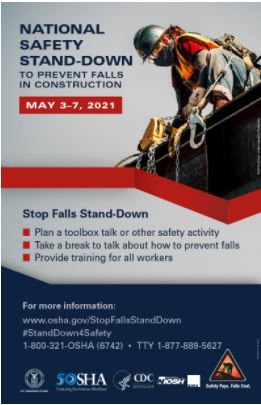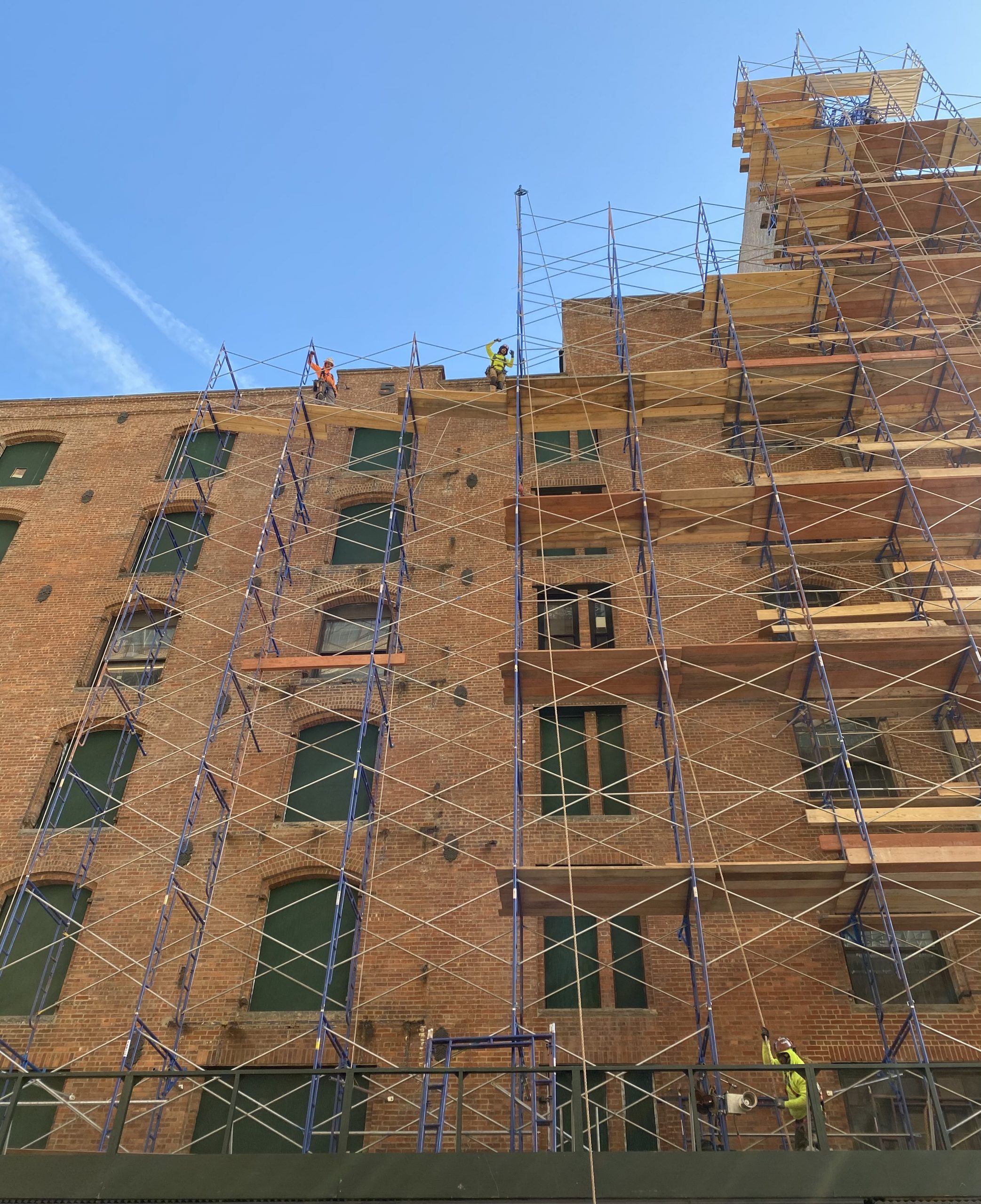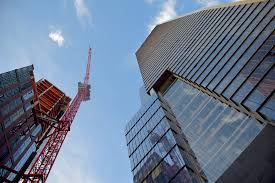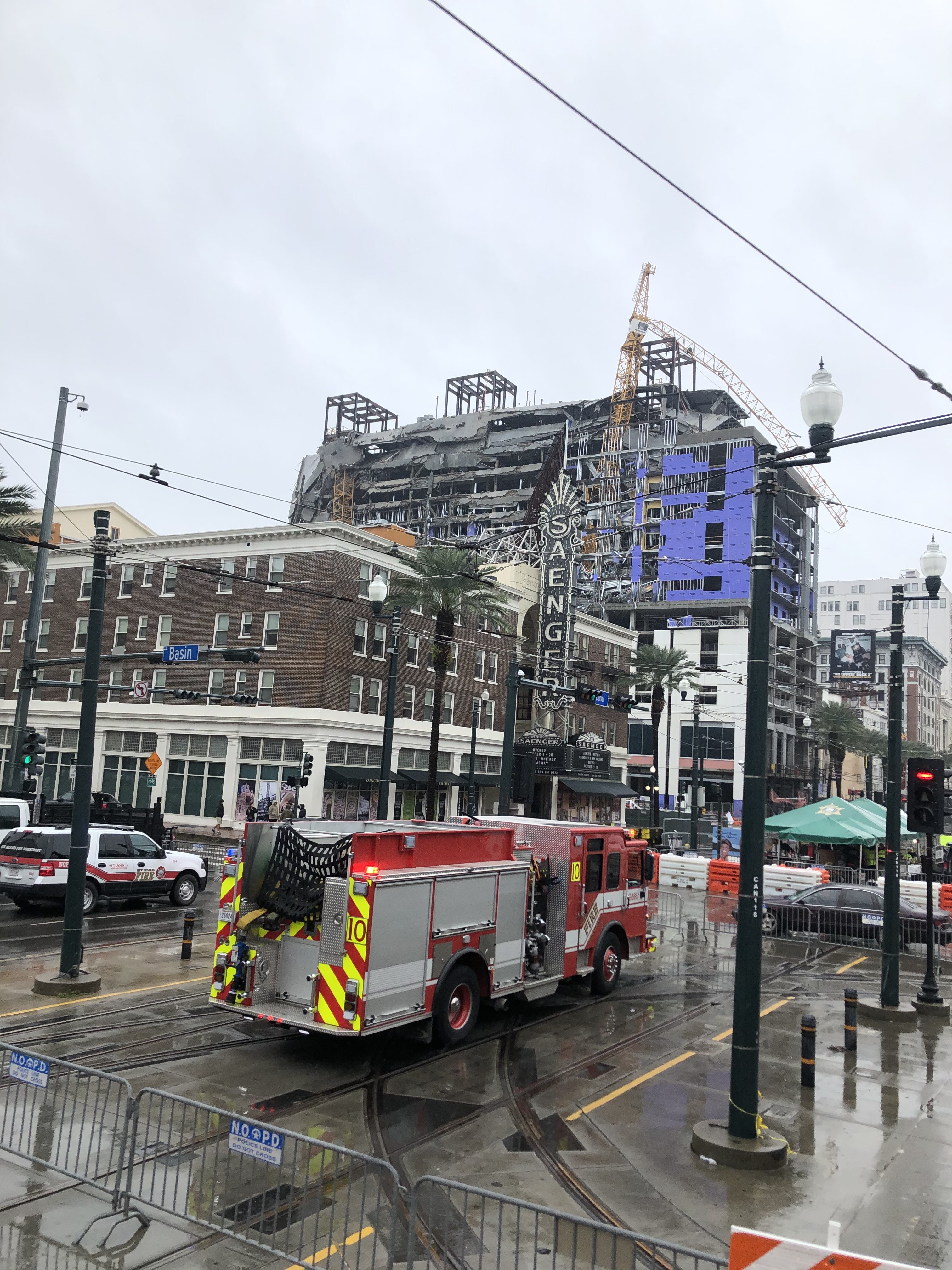Using drones to prevent construction accidents injuries, illnesses and deaths webinar
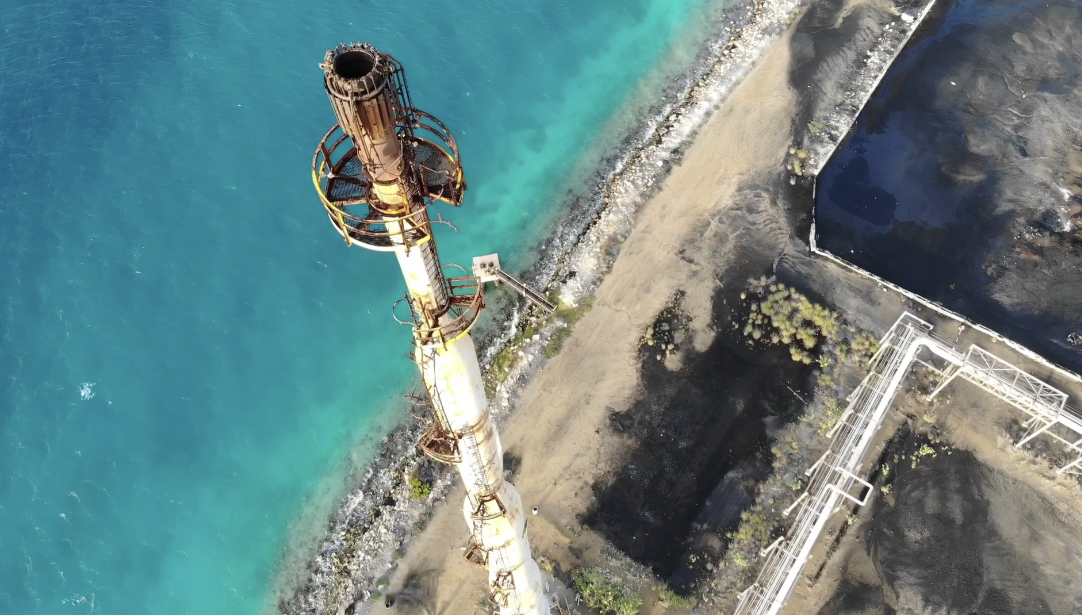 Recent studies found that drones can be helpful in identifying hazards and preventing workers getting injured or killed in construction accidents. The Center for Construction Research and Training is hosting a free webinar on Wednesday March 23 about drones in construction and specifically how they can help make construction sites safer. The webinar will be presented by the authors of 3 studies in this field:
Recent studies found that drones can be helpful in identifying hazards and preventing workers getting injured or killed in construction accidents. The Center for Construction Research and Training is hosting a free webinar on Wednesday March 23 about drones in construction and specifically how they can help make construction sites safer. The webinar will be presented by the authors of 3 studies in this field:
- Rod Handy, MBA, Ph.D., CIH, University of Utah who is the lead author of a study entitled Nebulizer-retrofitted drone deployment at residential construction sites will explain how water spraying drones can reduce exposure to air pollution and heat stress and as a result prevent dangerous illnesses
- Masoud Gheisari, Ph.D., Assistant Professor, M.E. Rinker, Sr. School of Construction Management, University of Florida who is the lead author of Using unmanned aerial systems for automated fall hazard monitoring in high-rise construction will share how drone technology can help identifying hazards and safety issues on construction sites especially the most common and dangerous ones that are related to falls. His study focuses on the monitoring of guardrails near unprotected edges and openings in a high rise construction site. The author developed an automated fall hazard recognition system that could facilitate the recognition of guardrails in high rise construction projects.
 New York Personal Injury Attorneys Blog
New York Personal Injury Attorneys Blog


